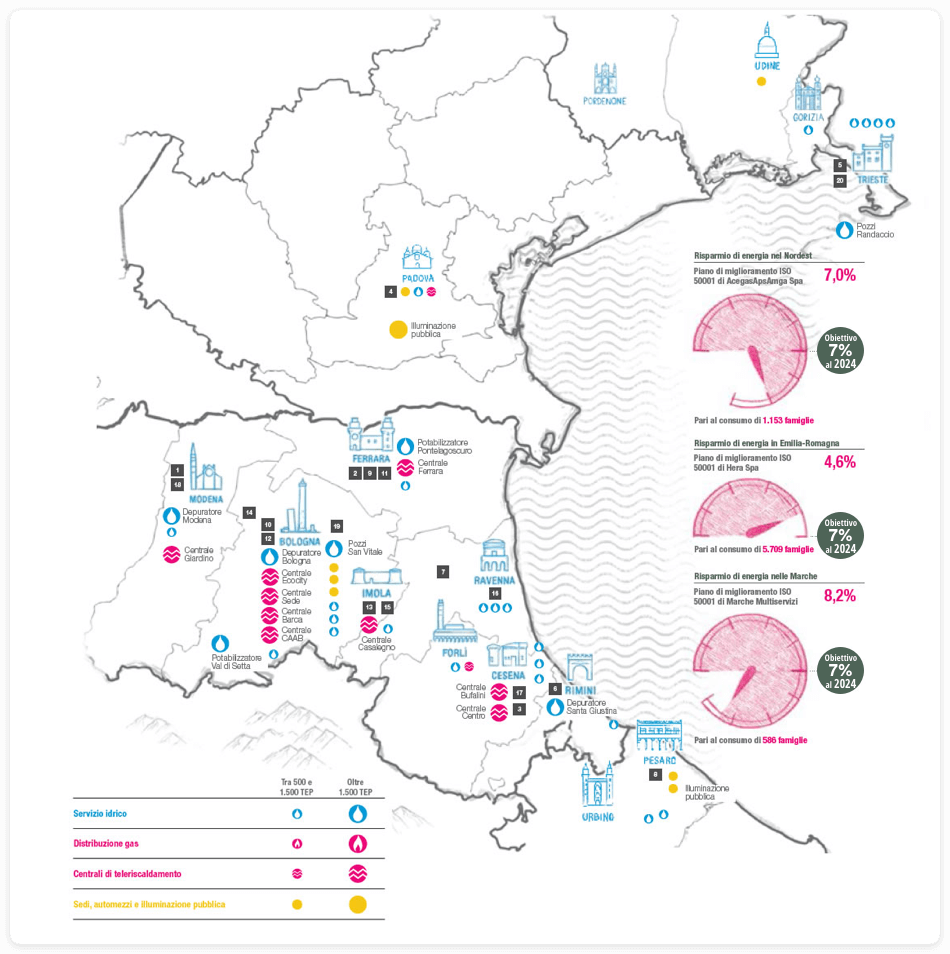Value to energy

Report published in July 2020
6th edition (2019 data)
Asset Publisher
Asset Publisher
Hera for energy efficiency

Hera SpA, Viale Carlo Berti Pichat 2/4, 40127 Bologna, Tel.051287111 www.gruppohera.it
Value to energy

Report published in July 2020
6th edition (2019 data)
